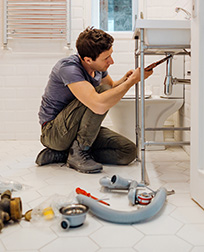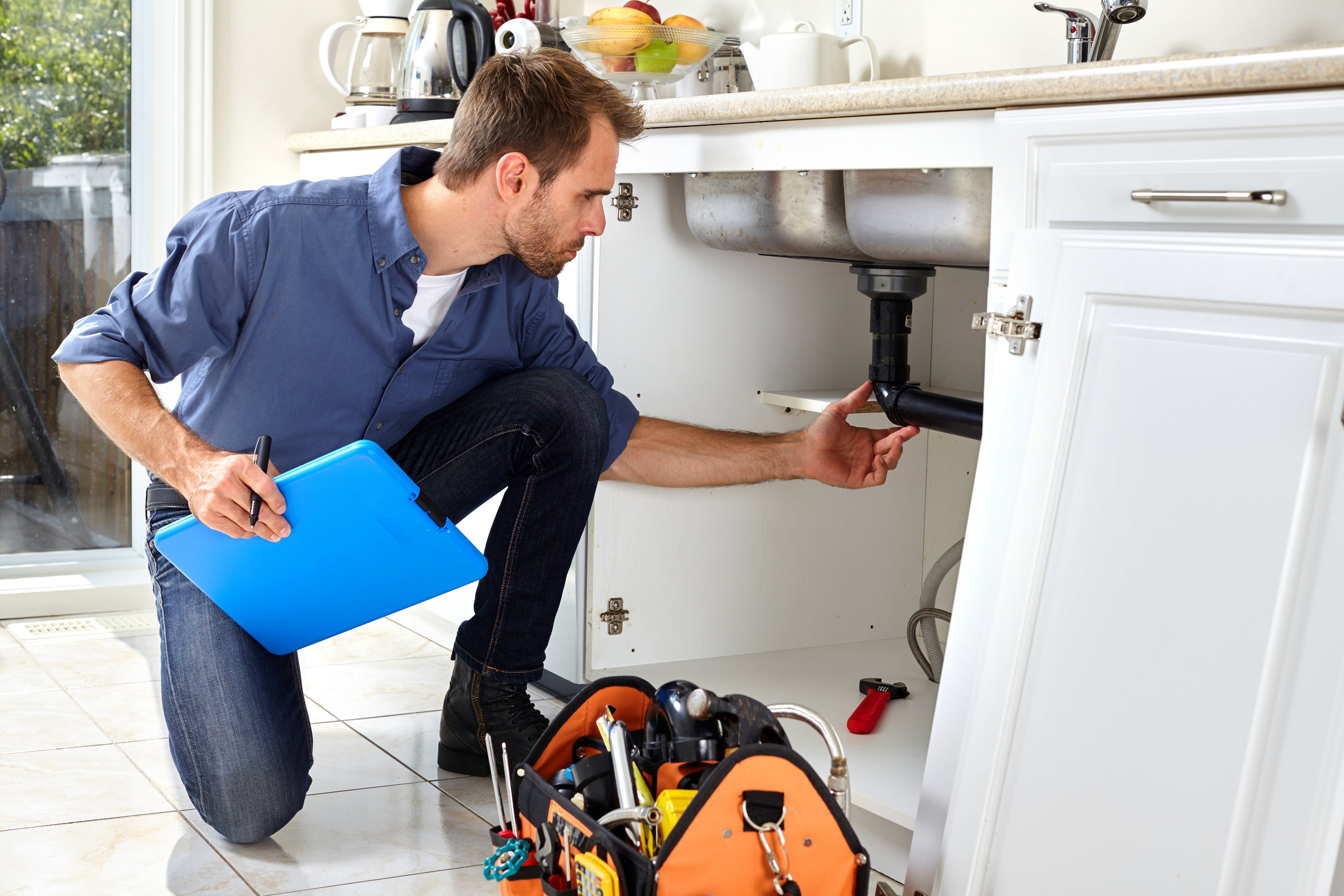Top Quality Water Heater Installation Alabaster AL for Ideal Comfort
Top Quality Water Heater Installation Alabaster AL for Ideal Comfort
Blog Article
A Detailed Overview to Efficient Hot Water Heater Setup for Optimal Performance
Getting started on the job of installing a water heating system is an endeavor that demands precision and a methodical technique for attaining ideal efficiency. As you proceed, the intricacies of connecting water supply lines and setting up trustworthy electrical or gas connections await, appealing insights right into ensuring performance and reliability.
Selecting the Right Hot Water Heater

Following, take into consideration the size and capacity of the hot water heater. It's essential to examine your household's warm water demands, which can vary based on the number of occupants and their use patterns. An unit that's too small may lead to not enough warm water, while a large model could lead to unnecessary energy consumption.
Effectiveness scores additionally play an essential function in selection. Search for hot water heater with high Power Variable (EF) ratings, suggesting superior efficiency and reduced energy usage. Tankless models, though commonly extra expensive upfront, deal significant energy cost savings in time due to their on-demand home heating capabilities.
Preparing the Installation Location
Before installing a brand-new water heating system, precise preparation of the setup area is crucial. It's critical to determine the area thoroughly to accommodate the water heating system's measurements, ensuring appropriate clearance around the unit for effective operation and servicing.
Next, get rid of any particles, dust, or obstructions from the website to produce a tidy setting. Check the floor for stability, as the water heater will require a strong, level surface to operate effectively. If required, install a drip frying pan below the unit to capture possible leakages or spills, protecting against water damage to the surrounding area. In areas prone to seismic activity, consider mounting seismic straps to protect the heating system securely in position.
Furthermore, make certain that all required tools and materials are on hand prior to beginning the installment. This includes products such as wrenches, screwdrivers, a degree, and any type of additional equipment needed for safeguarding the heating unit and mounting. A well-prepared setup location sets the foundation for an effective hot water heater arrangement, enhancing efficiency and safety.
Connecting Supply Of Water Lines
When attaching supply of water lines to your newly installed hot water heater, it is crucial to make sure that all connections are secure and leak-free to preserve effective operation and protect against water damages. Begin by recognizing the cool and hot water supply lines. The chilly water inlet is generally noted with a blue label or a "C", while the hot water electrical outlet is noted with a red label or an "H".
Usage versatile water heating unit adapters to facilitate a much easier installment process. Before connecting the adapters, position a plumbing professional's tape around the threaded ends of the water heater's inlet and outlet pipes.
When connections remain in location, gradually activate the main supply of water valve. Check each link for leakages by aesthetically really feeling and examining for moisture. Tighten up links as necessary, and guarantee the pressure safety valve is properly set up, guarding versus too much pressure build-up.
Establishing Electrical or Gas Connections
Appropriately setting up the electric or gas connections for your water heater is a crucial action to guarantee effective and secure procedure. For electric water heating units, begin by verifying that the electric circuit why not try here is compatible with the heater's voltage and amperage demands.
For gas water heating systems, safety is extremely important. Link the gas line to the water heating system utilizing an adaptable gas port, ensuring it is effectively threaded and sealed with pipeline joint compound or Teflon tape ideal for gas connections.
Once connections are made, check for any prospective leaks. For gas lines, use a soapy water solution to the joints; bubbles suggest a leak. For electrical links, confirm that all circuitry is secure and correctly protected, preserving compliance with regional electric codes.
Adjusting and checking for Effectiveness
With the electric and gas connections securely in location, the following action is evaluating the operational effectiveness of your Plumber Alabaster AL water heating system. Begin by thoroughly activating the water system and making sure there are no leakages at any one of the shutoffs or joints. As soon as confirmed, proceed to fill the tank, taking notice of the stress and temperature level setups. It is suggested to set the thermostat to a recommended temperature of around 120 ° F(49 ° C) to balance energy performance and convenience.
Following, carry out a complete inspection to ensure the home heating elements or gas heaters are operating appropriately. For electrical heaters, make use of a multimeter to verify if the aspects are drawing the appropriate current. In gas models, observe the heater flame; it ought to be blue and steady, suggesting reliable burning.
Change the settings as required to eliminate inefficiencies. Think about implementing insulation actions, such as adding a hot water heater blanket, to further boost performance by minimizing heat loss. In addition, inspect the anode pole's condition, as a shabby pole can minimize effectiveness look at this site and bring about storage tank deterioration.
Conclusion
Reliable water heater setup is critical for making sure optimum efficiency and energy savings. Securely connecting water supply lines and carefully establishing up electrical or gas links minimize potential concerns.

Effectively establishing up the electrical or gas connections for your water heating unit is an essential step to make sure efficient and risk-free procedure. For electrical water heating units, start by validating that the electric circuit is suitable with the heating unit's voltage and amperage demands. Link the gas line to the water heating system utilizing an adaptable gas connector, ensuring it is appropriately threaded and sealed with pipeline joint substance or Teflon tape suitable for gas connections.
Report this page